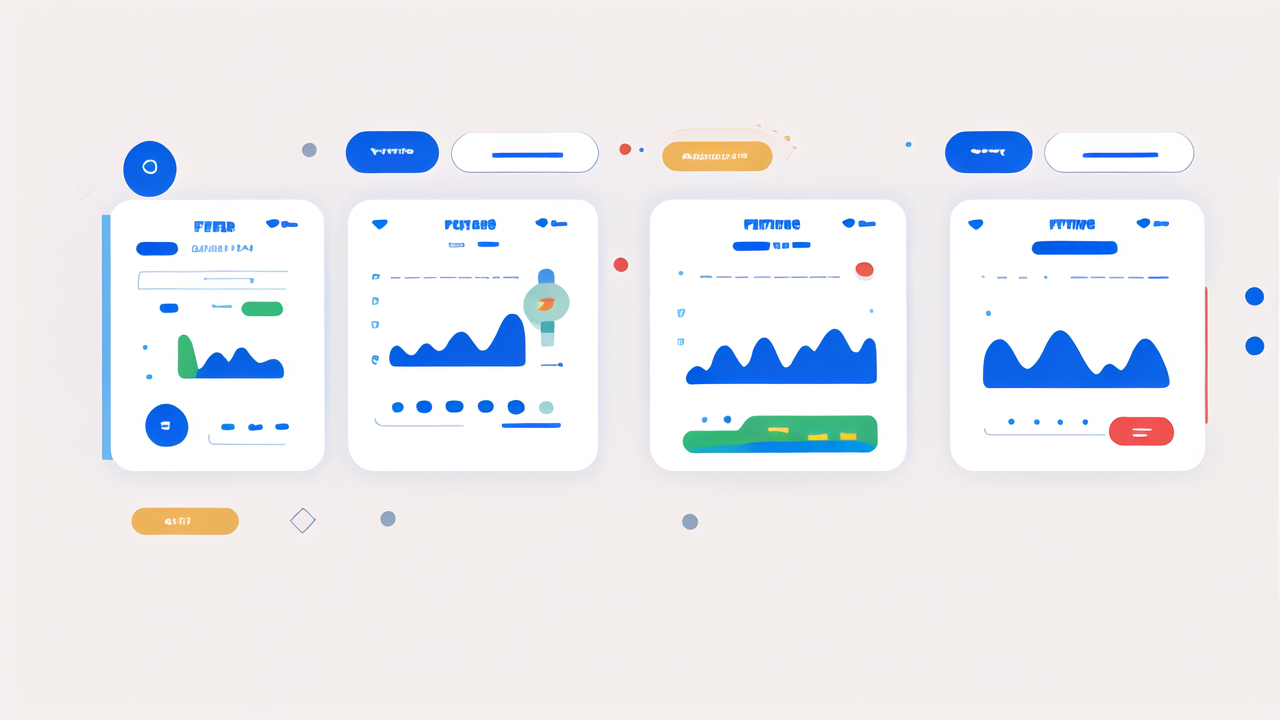Understanding the Importance of Body Measurement Tracking
Why Track Your Body Measurements?
Tracking body measurements is vital for fitness enthusiasts. It gives a clear picture of your progress.

Numbers don't lie, and they can motivate you to keep going. Regular tracking helps you see small changes
that you might miss in the mirror. It's not just about weight; it's about body composition. You might
be losing fat and gaining muscle, which the scale won't show. Tracking measurements can reveal these changes.
It also helps you adjust your diet and exercise plan as needed. You can see what's working and what's not.
This data-driven approach can lead to better results and faster progress.
The Role of Measurement Tracking in Fitness Regimens
Measurement tracking plays a key role in fitness regimens. It provides objective data to guide your workouts.
You can set specific, measurable goals based on your tracking results. This makes your fitness journey more
focused and effective. Tracking helps you stay accountable to your goals. It's harder to skip workouts when
you're regularly measuring progress. It also allows you to celebrate small wins along the way. This can boost
motivation and keep you committed to your fitness plan. Over time, tracking creates a record of your fitness
journey. You can look back and see how far you've come, which is incredibly rewarding.
Choosing the Right Body Measurement Tracker
Key Features to Look for in a Fitness Tracker
When choosing a fitness tracker, consider these key features:

- Accuracy: Look for trackers known for precise measurements.
- Ease of use: The device should be simple to operate and understand.
- Battery life: Longer battery life means less charging and more tracking.
- Waterproof: This allows for tracking during water-based activities.
- Compatibility: Ensure it works with your smartphone or preferred devices.
- Data display: Clear, easy-to-read displays make tracking more effective.
- Multi-metric tracking: Look for devices that track various measurements.
- App integration: Good apps make data analysis and goal-setting easier.
Choose a tracker that fits your specific needs and fitness goals.
Top-Rated Body Measurement Trackers in the United States
Here are some top-rated body measurement trackers in the US:
- Fitbit Aria 2: Known for its accuracy and user-friendly design.
- Withings Body+: Offers comprehensive body composition analysis.
- Garmin Index S2: Provides detailed metrics and syncs with Garmin devices.
- Eufy Smart Scale P1: Budget-friendly option with good accuracy.
- QardioBase 2: Sleek design with pregnancy mode for expectant mothers.
These trackers offer a range of features to suit different needs and budgets. Research each one to find the
best fit for you.
How to Determine the Best Fit for Your Lifestyle
Choosing the right tracker depends on your lifestyle and goals. Consider your activity level and the types of
exercises you do. If you swim, you'll need a waterproof tracker. Think about how often you'll use it. Daily
users might prefer longer battery life. Consider your tech-savviness. Some trackers are more complex than
others. Think about your budget too. Prices vary widely. Consider what metrics are most important to you. Some
focus on weight, while others track body fat, muscle mass, and more. Read reviews from other users with
similar goals. Their experiences can guide your choice. Remember, the best tracker is one you'll use consistently.
Implementing and Maximizing the Effectiveness of Your Tracker
Best Practices for Using Body Measurement Trackers
To get the most from your body measurement tracker, follow these best practices:

- Consistency is key. Measure at the same time each day, preferably in the morning.
- Follow the instructions carefully for accurate readings.
- Use the tracker on a flat, hard surface for best results.
- Don't obsess over daily fluctuations. Look for trends over time.
- Keep your tracker clean and well-maintained for longevity.
- Sync your data regularly to avoid losing information.
- Use all features of your tracker, not just the basic ones.
- Set realistic goals based on your tracker's data.
By following these practices, you'll get more accurate and useful data from your tracker.
Integrating Tracking with Your Fitness Goals
Integrating tracking with your fitness goals is crucial for success. Start by setting clear, measurable goals
based on your tracker's metrics. Use the data to adjust your workouts and diet as needed. Track not just your
weight, but also body fat percentage and muscle mass. This gives a more complete picture of your progress.
Use your tracker's app to set reminders and motivational alerts. Many apps allow you to log your food intake
too. This can help you see the connection between diet and body changes. Share your progress with friends or
online communities for extra motivation. Regularly review your data to see patterns and make informed decisions
about your fitness routine.
Advanced Tips for Tracking Progress and Making Adjustments
For advanced users, here are some tips to maximize your tracking:
- Use body fat calipers alongside your tracker for more precise measurements.
- Track your measurements weekly, not daily, for a more accurate trend.
- Take progress photos to complement your numerical data.
- Use your tracker's sleep data to optimize your recovery.
- Analyze your data over longer periods to spot seasonal trends.
- Combine tracker data with workout logs for a complete fitness picture.
- Experiment with different workout styles and track the results.
- Consider getting professional help to interpret your data if needed.
Remember, the key is to use your data to make informed decisions about your fitness journey.




Leave a comment
This site is protected by hCaptcha and the hCaptcha Privacy Policy and Terms of Service apply.